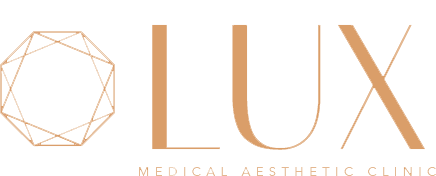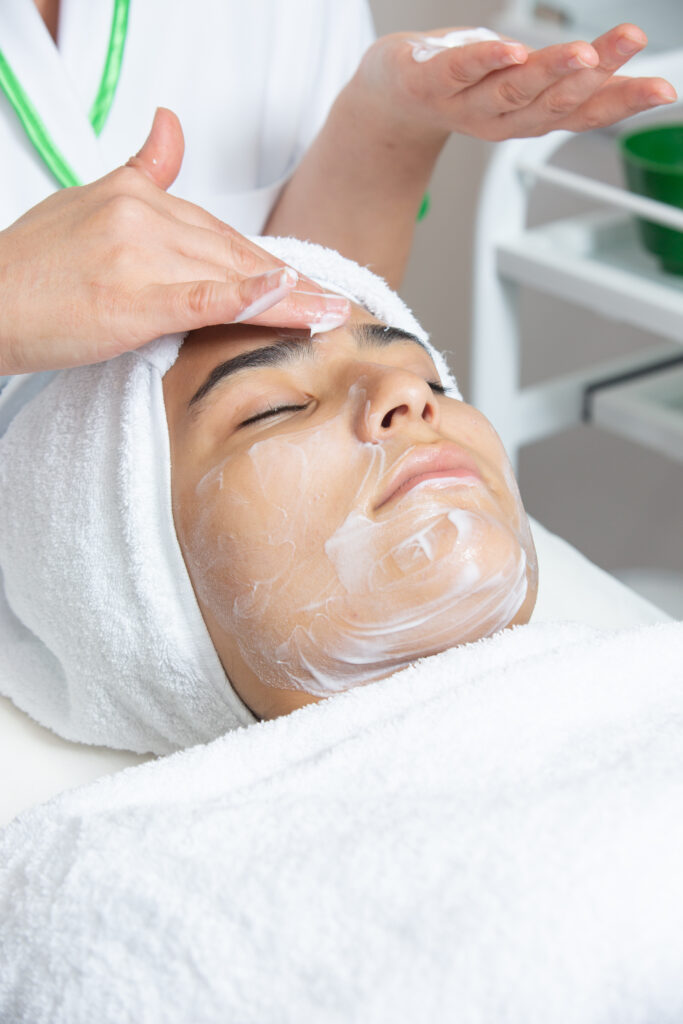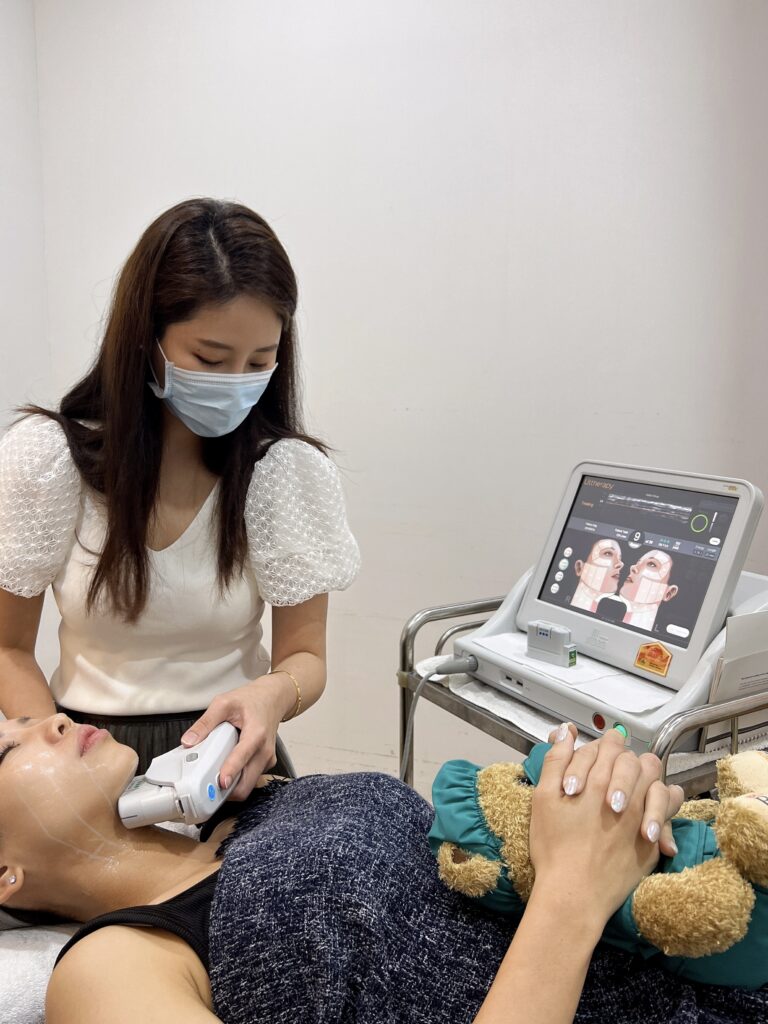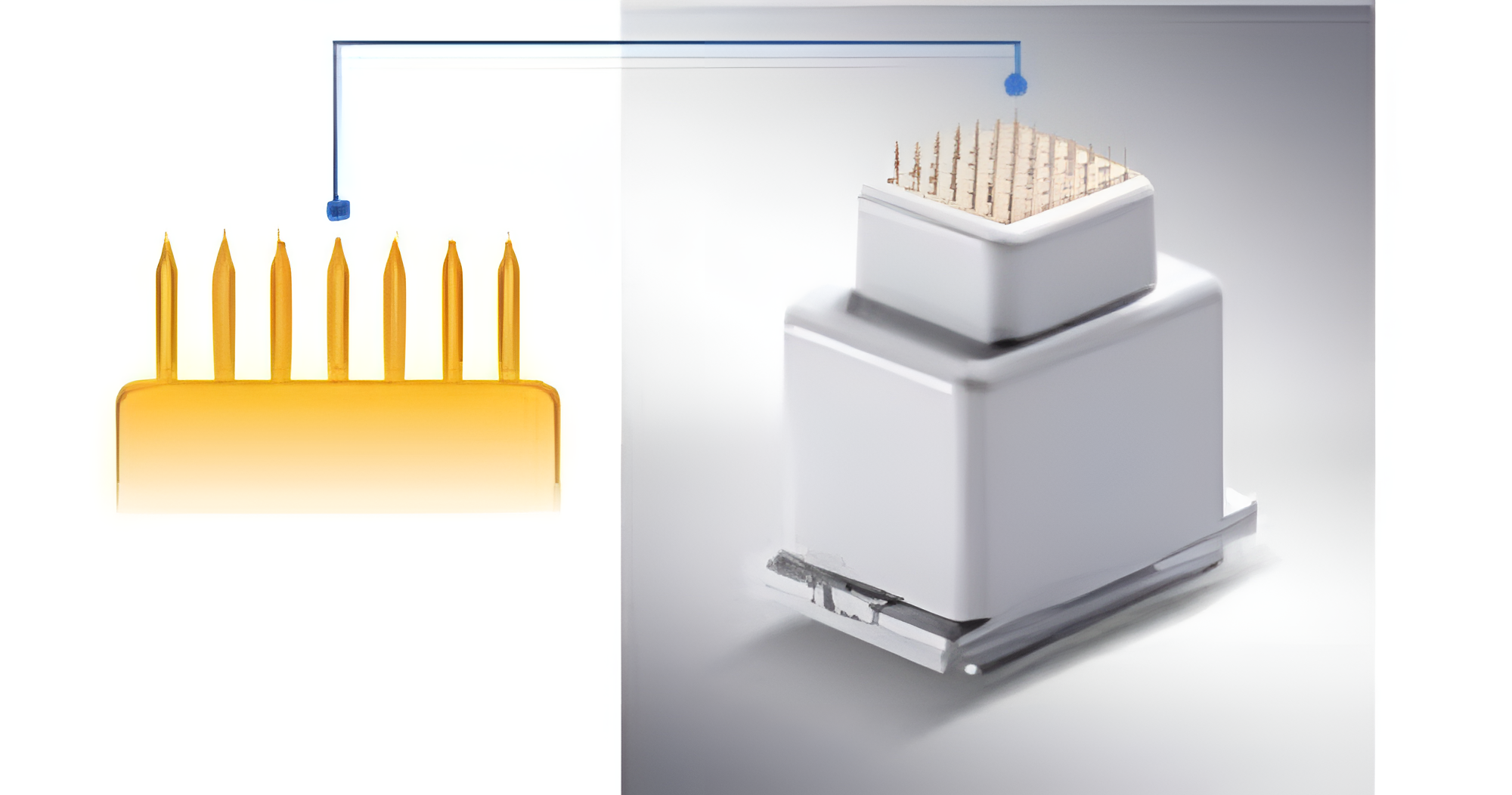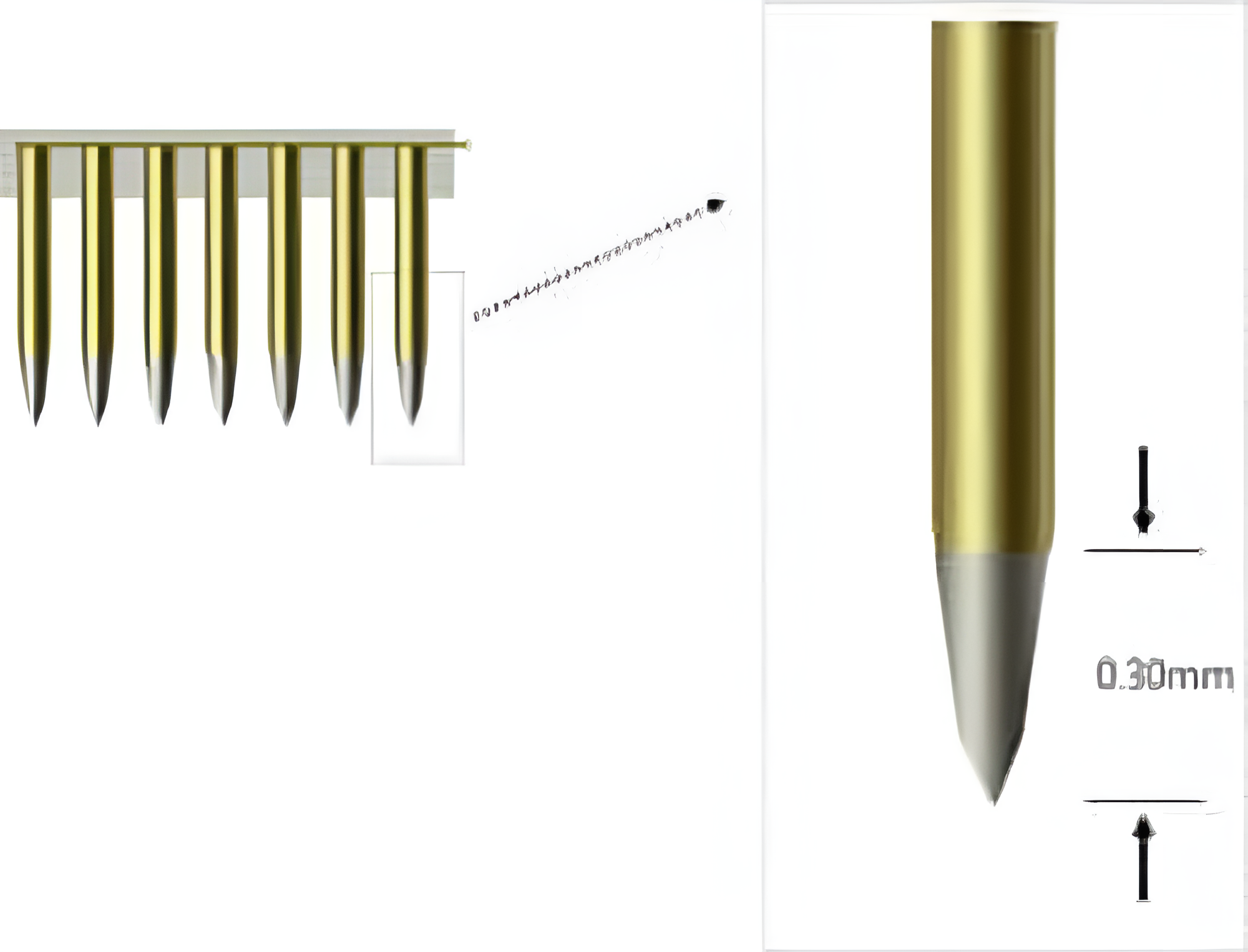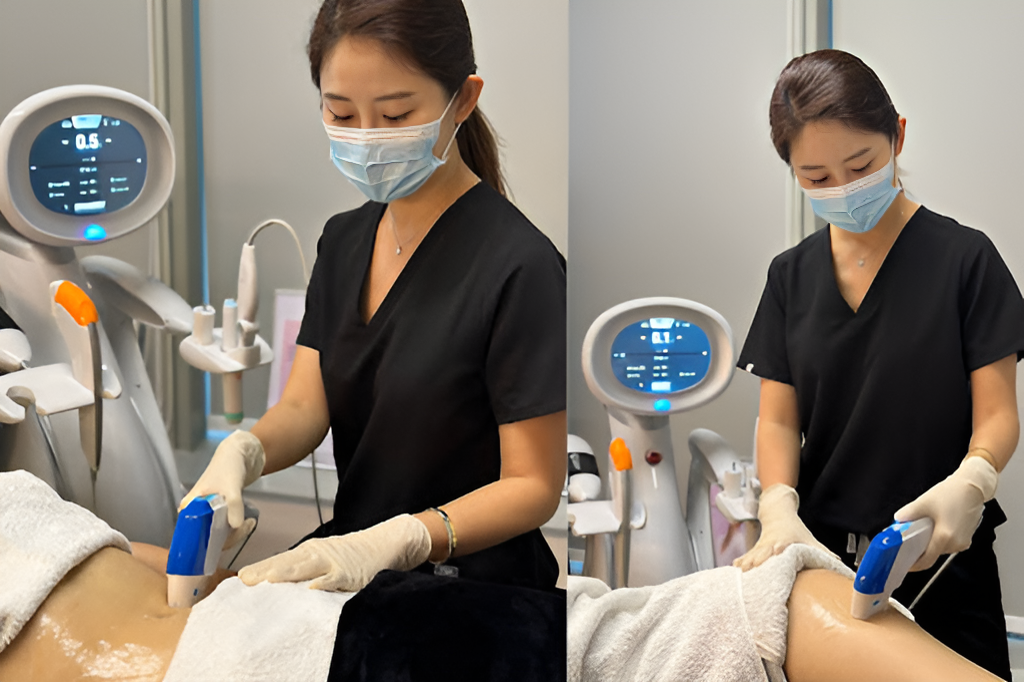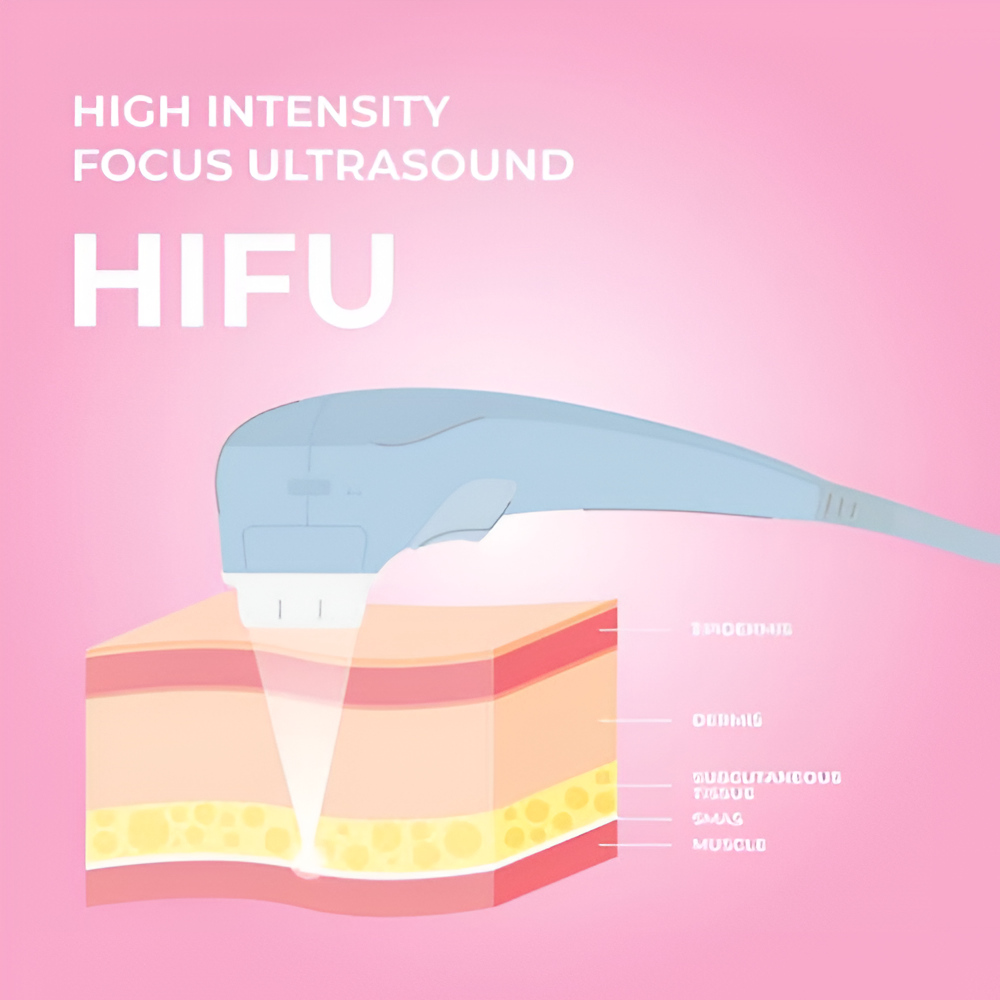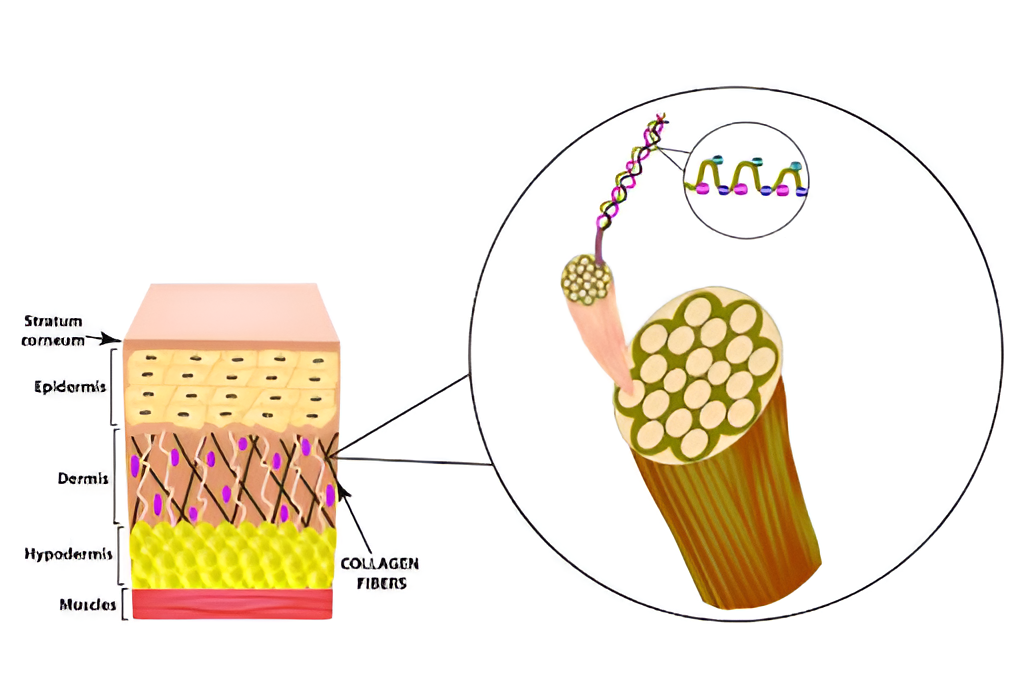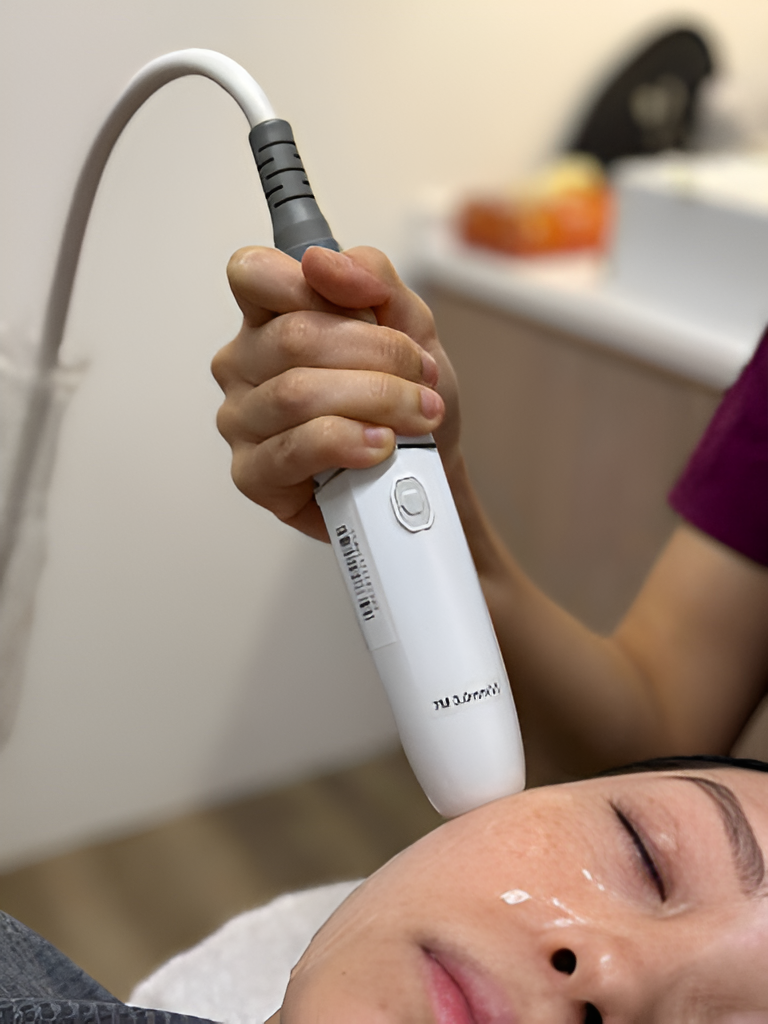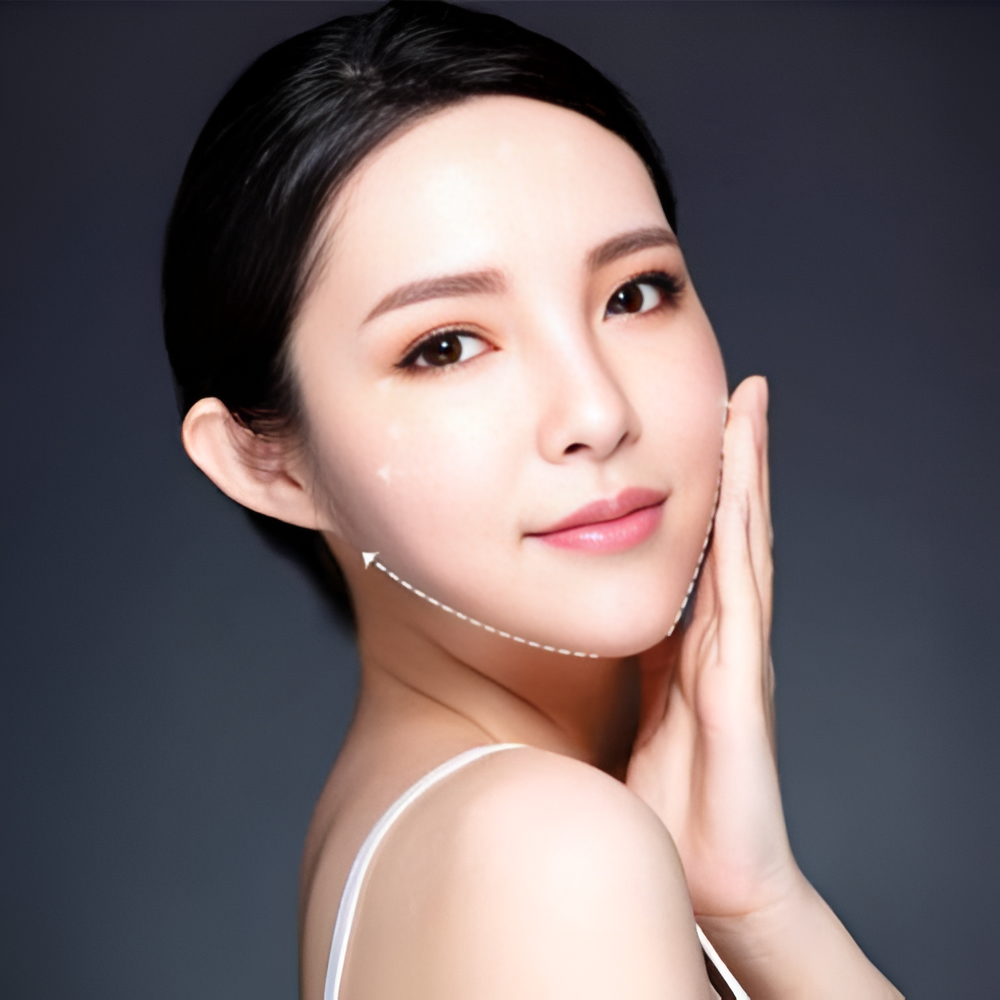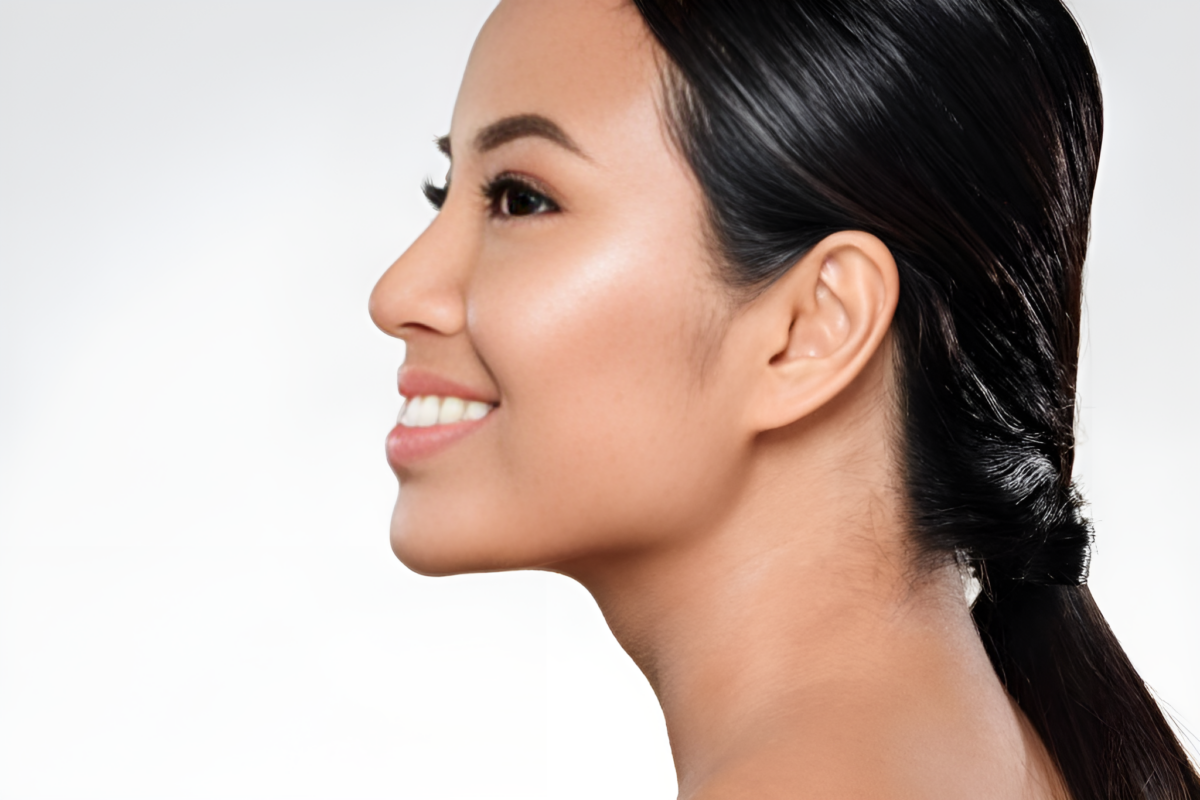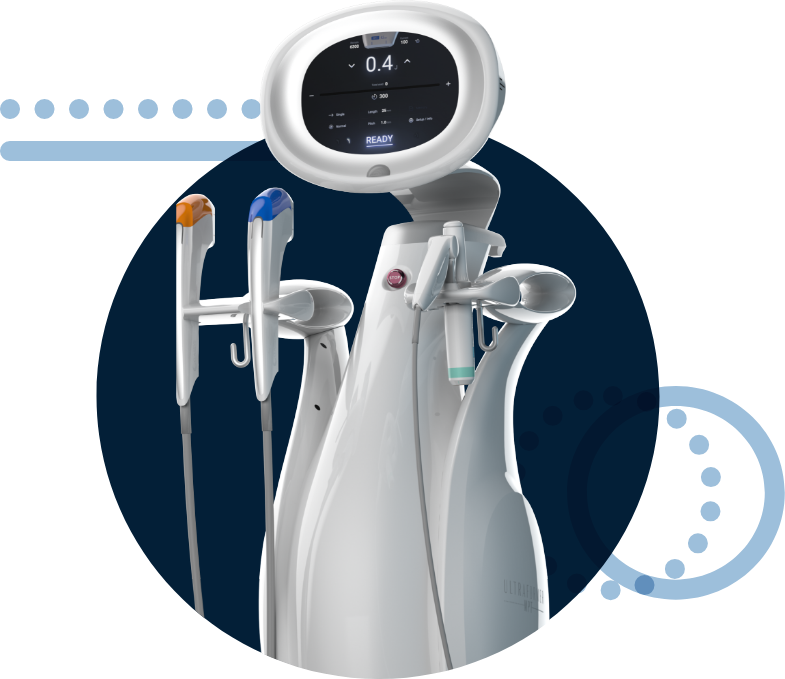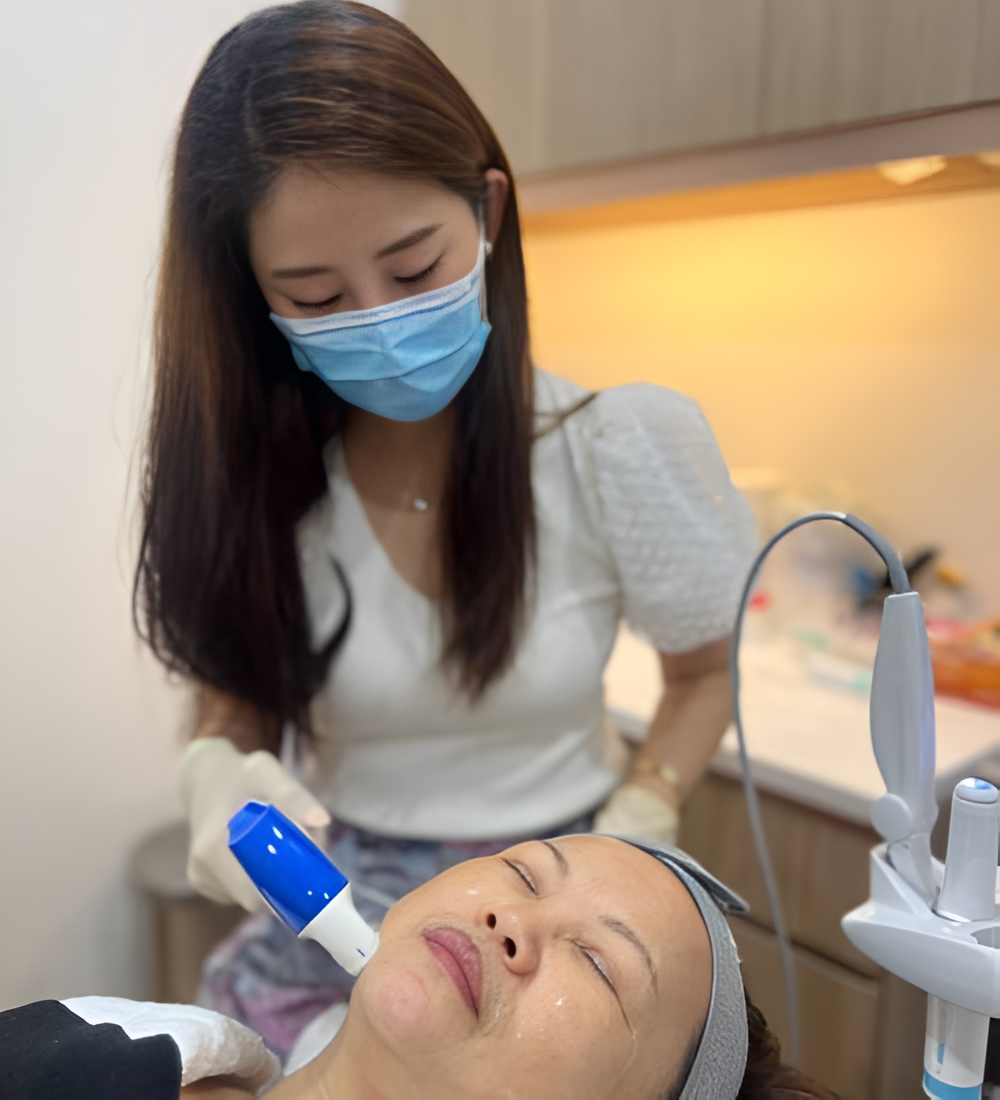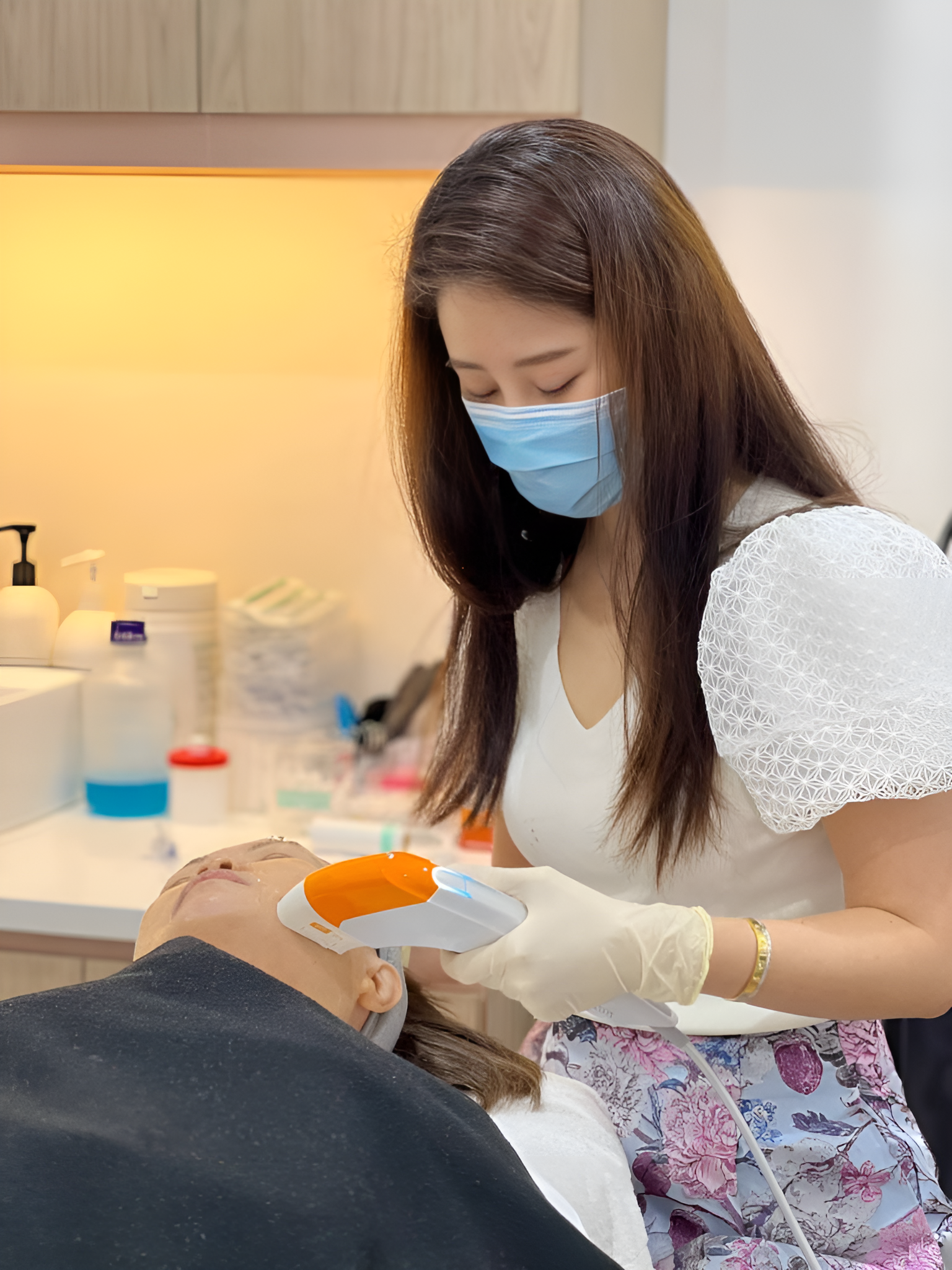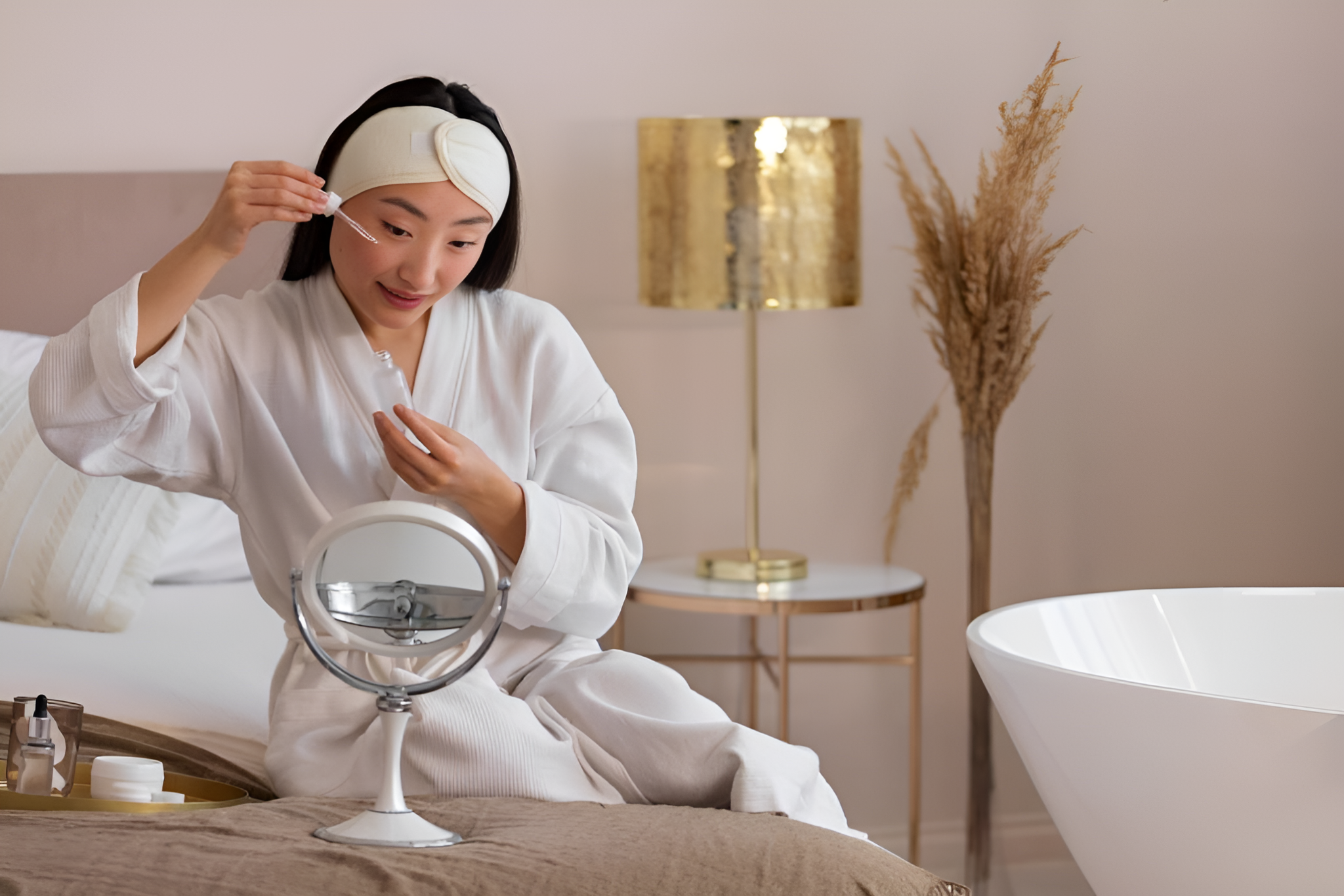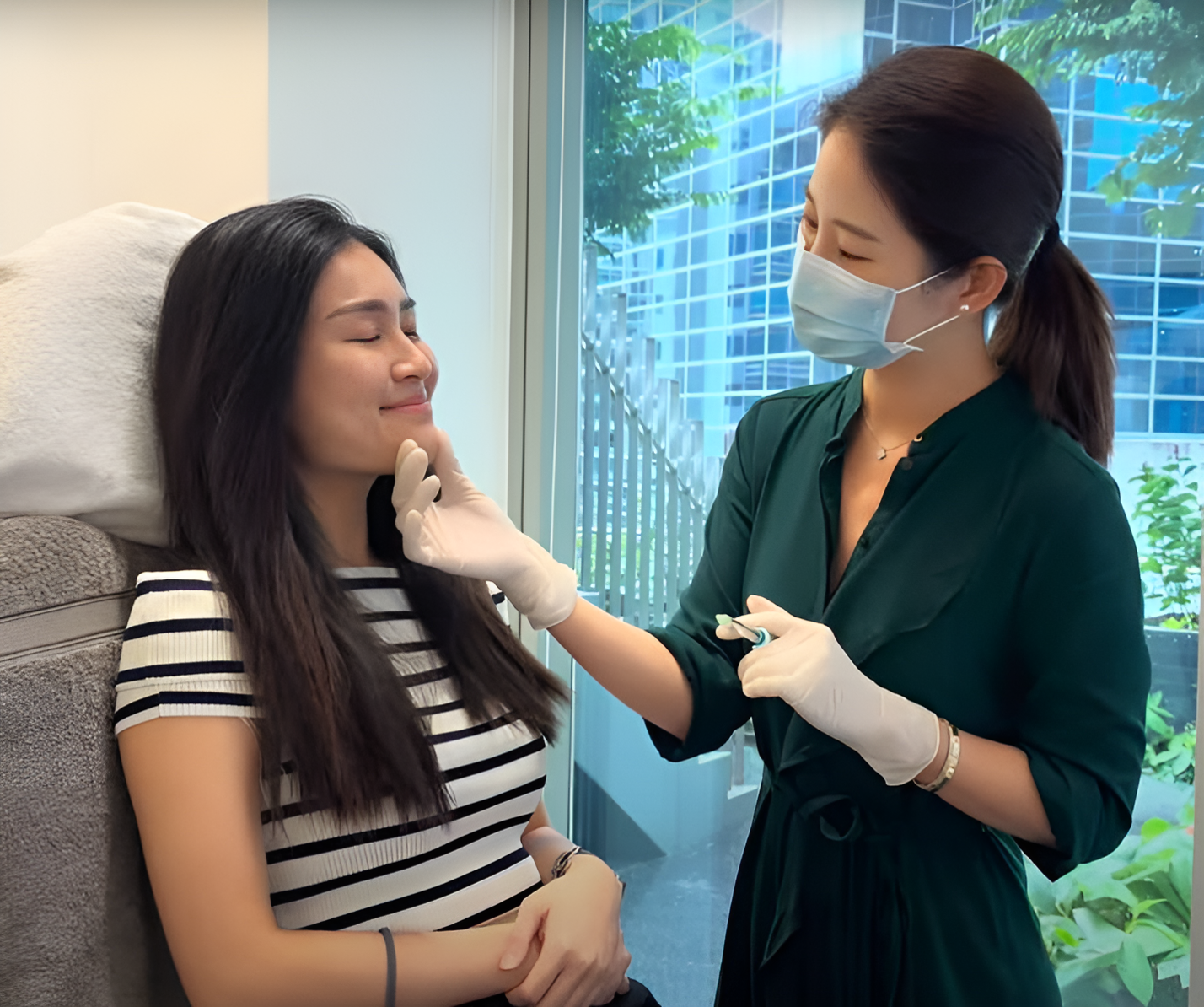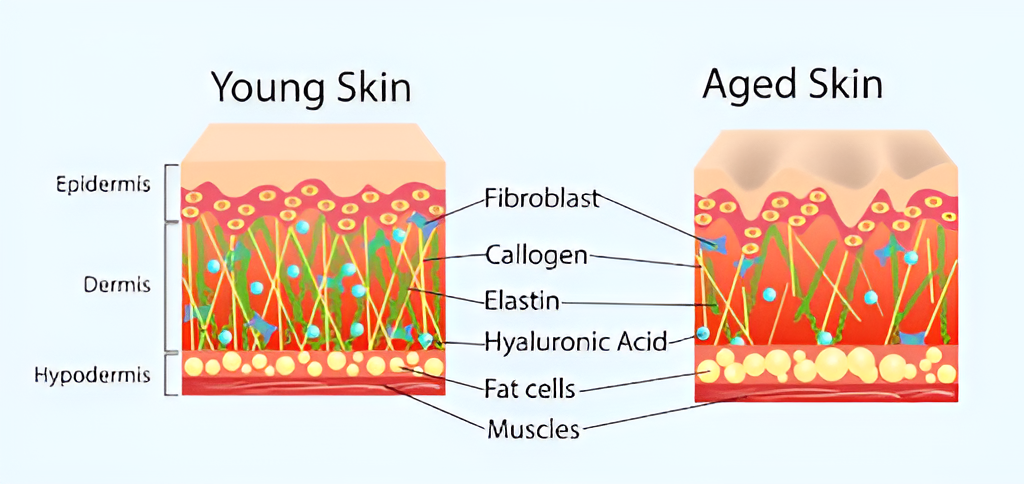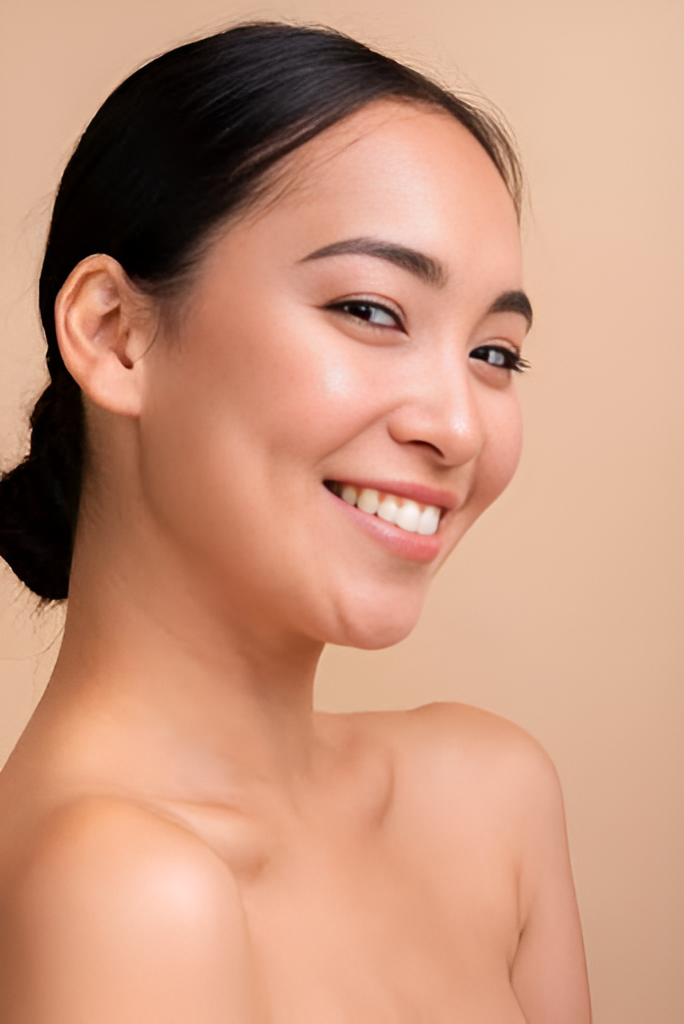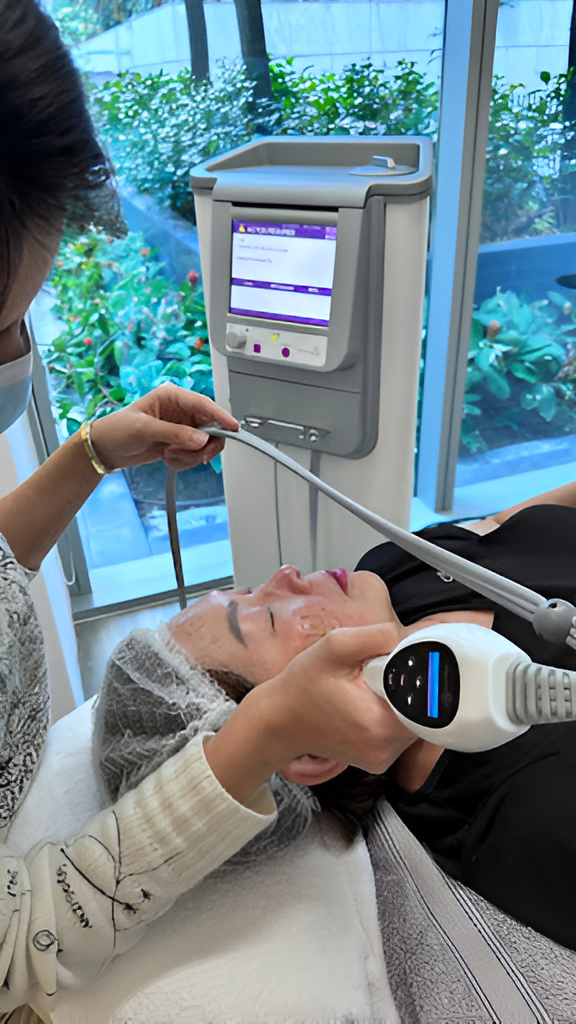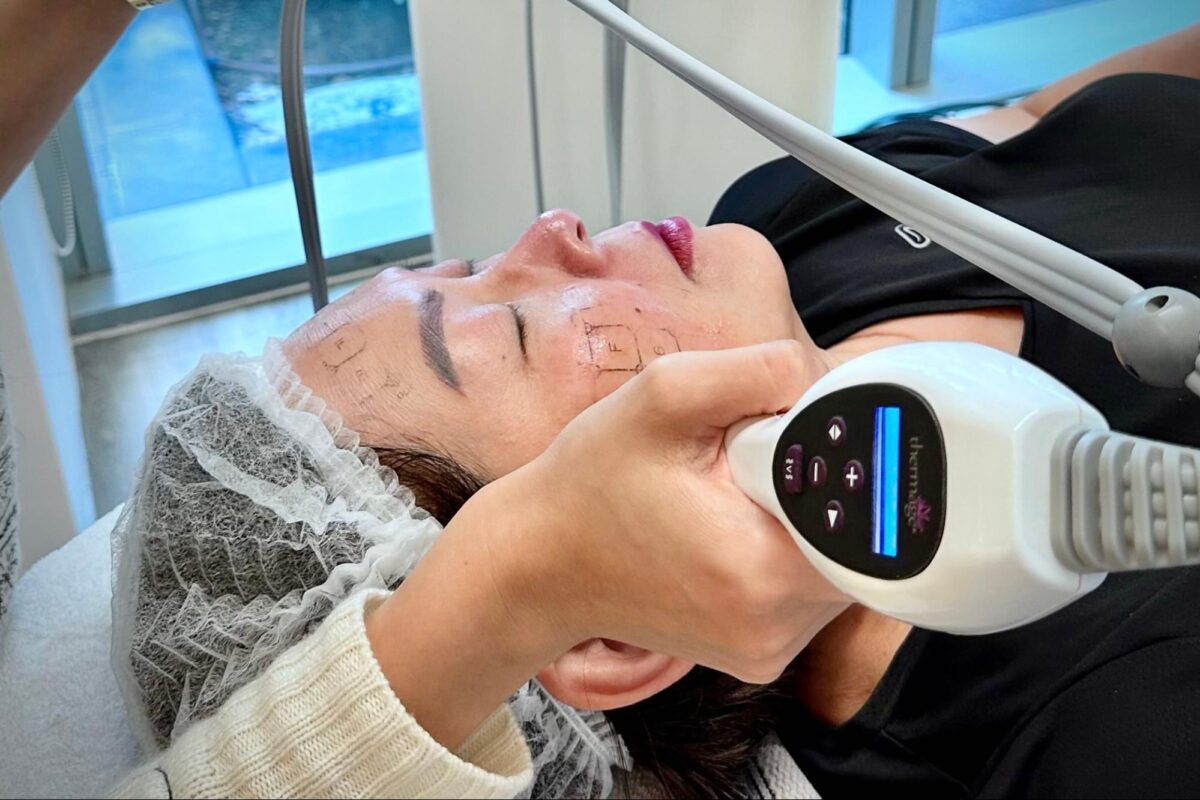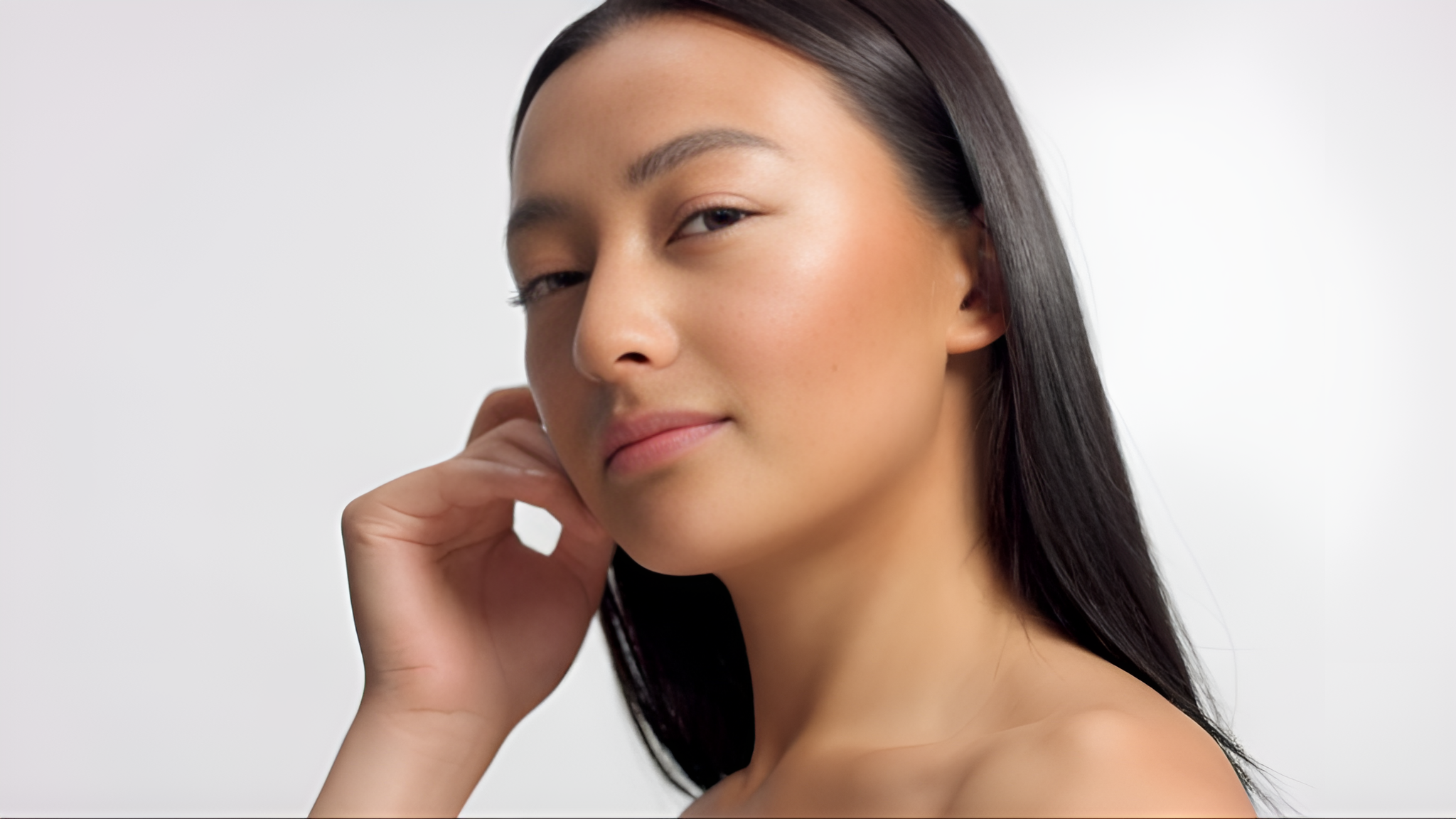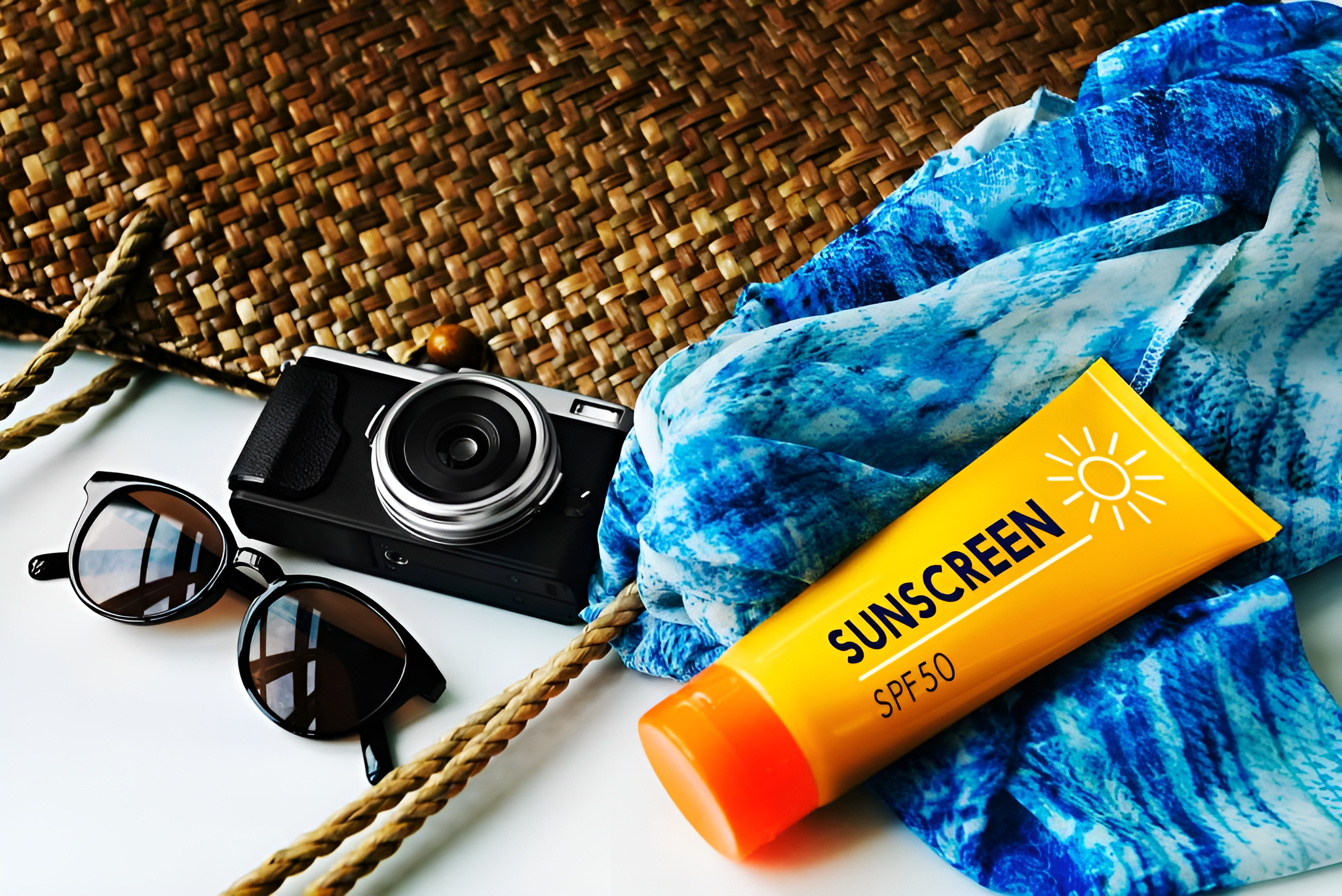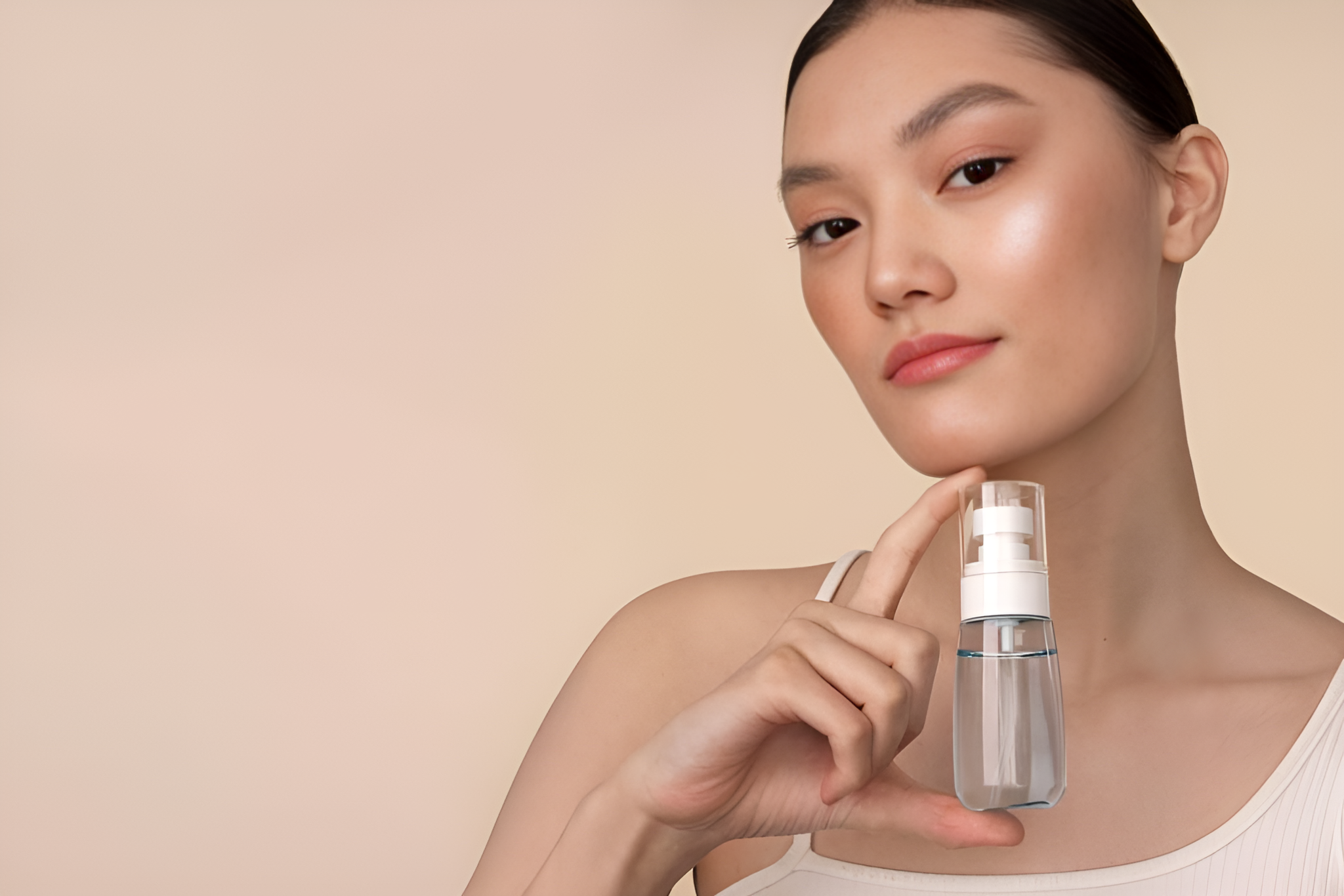What is Active Acne: Types, Causes, 3 Treatments, and Prevention
Active acne is an ongoing skin condition characterised by inflamed spots and sometimes painful lesions. These lesions range from mild blackheads and whiteheads to more severe cysts and nodules. Unlike occasional pimples, active acne involves a persistent cycle of breakouts that may require continuous management.
This guide explores the types, causes, treatments, and prevention strategies for active acne, while also addressing its psychological impact. It aims to offer practical, evidence-based advice to help individuals effectively manage and treat active acne, reducing its effect on their daily lives.
What is Active Acne?
Active acne refers to acne lesions that are currently inflamed or developing. Unlike scars or pigmentation left from past breakouts, active acne involves ongoing lesions that are often red, swollen, or painful. This condition often results from excess oil production, clogged pores, bacterial growth, and inflammation, frequently affecting the face, back, chest, and shoulders.
Types of Active Acne Lesions
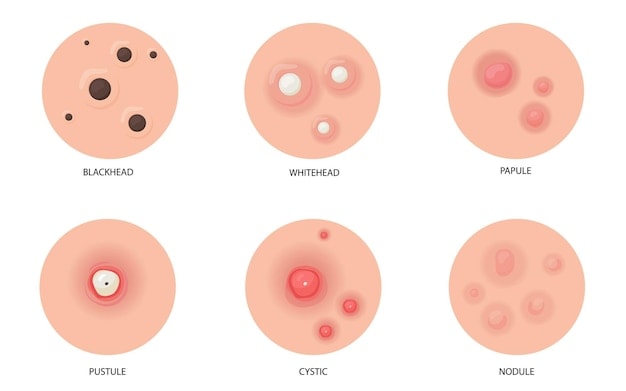
Blackheads and Whiteheads: These non-inflammatory lesions occur when hair follicles are clogged with oil and dead skin. Blackheads are open at the surface of the skin, appearing black due to oxidation, while whiteheads are closed beneath the skin.
- Papules and Pustules: These inflamed lesions can be painful and may leave scars if not treated properly. Papules are small, red bumps, while pustules contain pus.
- Nodules and Cysts: These are more severe forms of acne. Nodules are large, solid, painful lumps beneath the skin, while cystic acne are pus-filled that often result in more significant scarring if left untreated.
Causes and Triggers of Active Acne
According to a study, acne affects 85% of individuals between the ages of 12 and 24. While commonly associated with teenagers, acne can affect people of all ages, though it becomes less common over time. More than 25% of women and 12% of men in their 40s report experiencing acne. Active acne results from a combination of internal and external factors:
Hormonal Influences
Hormonal changes, particularly during puberty, menstruation, pregnancy, and menopause, can increase sebum production, leading to clogged pores and acne development. Androgens, the male hormones present in both males and females, can trigger acne by stimulating the sebaceous glands to produce excess sebum and more oil. This is why teenage boys are more likely to have severe acne compared to girls.
Dietary Factors
Diets high in refined sugars and dairy have been linked to acne flare-ups. Maintaining a balanced diet may help manage acne severity. Certain foods associated with acne breakouts in some individuals include:
- Pasta
- White rice
- White bread
- Breakfast cereals
- Baked goods
- Potatoes
- Sugars
- Sugar-sweetened beverages
- Dairy
- Eggs
On the other hand, research suggests that adopting a low-glycemic diet could potentially lessen acne occurrences. Such diets include most fresh vegetables, some fresh fruits, beans, and steel-cut oats.
Environmental and Lifestyle Factors
In addition to diet, environmental factors such as exposure to pollutants, high humidity, stress, and lack of sleep can worsen acne. Lifestyle factors, such as smoking and the use of oil-based skincare or cosmetic products that clog pores, may also contribute to acne.
Genetic Predisposition
Family history also plays a crucial role in acne development, with studies suggesting that individuals with a family history of acne are more likely to develop the condition themselves.
Symptoms of Active Acne
Symptoms of active acne may be characterised by the following:
Severity Levels
- Mild Acne: Characterised by a few whiteheads or blackheads and small pustules. Typically requires minimal treatment and may resolve with over-the-counter remedies.
- Moderate Acne: Involves more significant numbers of papules and pustules. Prescription medications or combined topical treatments may be necessary.
- Severe Acne: Includes cysts and nodules that are often painful and can lead to scarring. This type requires more intensive treatments, such as oral medications or professional procedures.
Inflammatory vs. Non-inflammatory Acne
Acne is broadly classified into two main categories: inflammatory and non-inflammatory. Understanding the difference between these types is crucial for selecting the most appropriate treatment strategies.
Non-Inflammatory Acne
Non-inflammatory acne is typically less severe and is easier to treat with over-the-counter (OTC) products like salicylic acid, which helps to exfoliate the skin and keep pores clear. It is generally not painful and does not lead to acne scarring unless picked or squeezed.
Inflammatory Acne
Inflammatory acne, in contrast, involves more severe, often painful lesions characterised by swelling, redness, and pus. This type of acne is caused by clogged pores and an overgrowth of Propionibacterium acnes (P. acnes) bacteria, which thrive in oily environments and trigger an inflammatory response.
Inflammatory acne is often referred to as “active acne” due to its ongoing, dynamic nature that involves persistent breakouts and inflammation.
Common Areas Affected by Active Acne
The face, back, chest, and shoulders are the areas most commonly impacted by active acne.

Treatment Options for Active Acne
A variety of treatment options are available for active acne, ranging from over-the-counter medications to professional treatments, depending on the severity and persistence of the condition:
Over-the-Counter Treatments
Many topical acne creams are readily available at drugstores, including:
- Benzoyl Peroxide: This topical treatment kills acne-causing bacteria and helps clear blocked pores. Available in various concentrations and formulations, including gels, creams, and cleansers, benzoyl peroxide can cause dryness and irritation, especially at higher concentrations.
- Salicylic Acid: An exfoliating agent that helps remove dead skin cells and prevent pore blockage. It is often helpful for addressing blackheads and whiteheads.. Salicylic acid is found in many acne washes and spot treatments but can sometimes cause dryness or peeling.
- Azelaic Acid and Glycolic Acid: These ingredients help reduce the inflammatory skin condition and exfoliate the skin. Azelaic acid may assist in reducing pigmentation caused by acne, while glycolic acid supports the shedding of dead skin cells.
Prescription Medications
- Topical Retinoids: Derived from Vitamin A, retinoids like tretinoin and adapalene help unclog pores and reduce inflammation. They are often used for moderate to severe acne but require careful application, as they can increase skin sensitivity to the sun.
- Oral Antibiotics: These are used to reduce bacteria and inflammation in moderate to severe acne. Common antibiotics include doxycycline, minocycline, and erythromycin. Long-term use can lead to antibiotic resistance, so these are often prescribed for limited periods.
- Hormonal Treatments: For women, hormonal treatments such as oral contraceptives or spironolactone can help regulate hormonal fluctuations that contribute to acne. These treatments are particularly effective for adult women whose acne flares up around their menstrual cycles.
Professional Treatments
- Chemical Peels and Laser Therapy: These facial treatments help exfoliate the skin and reduce acne scars by removing the top layers of skin or targeting bacteria and excess oil production. Laser treatments can also target deeper layers of the skin, making them an option for treating severe acne.
- Extraction Procedures: In-office extractions can remove large cysts or nodules, alleviating discomfort and preventing scarring. This procedure is typically performed by a dermatologist using sterile instruments to reduce the risk of infection.
Natural and Home Remedies
For those seeking alternative approaches, several natural and home remedies are available. Some are supported by scientific evidence, while others rely on anecdotal claims. Caution is advised, as results can vary based on skin type, acne severity, and other factors. Common natural remedies include:
- Tea Tree Oil: Known for its anti-inflammatory and antimicrobial properties, tea tree oil is often used as a natural remedy to reduce acne-causing bacteria and soothe inflamed skin.
- Aloe Vera: Widely recognized for its soothing and healing properties, aloe vera contains salicylic acid and sulfur, both commonly used in acne treatments.
- Honey and Cinnamon Mask: Both honey and cinnamon have antibacterial and anti-inflammatory properties.
- Green Tea: Rich in antioxidants, particularly epigallocatechin gallate (EGCG), green tea has been shown to reduce sebum production, fight inflammation, and inhibit the growth of P. acnes.
- Apple Cider Vinegar: Containing organic acids proven to combat acne-causing bacteria and inflammation, apple cider vinegar should be diluted with water to avoid skin burns and irritation. It is commonly used as a toner or spot treatment but may cause irritation for sensitive skin.
Prevention and Management of Active Acne
Preventing active acne requires a combination of proper skincare and lifestyle modifications:
Skincare Routine for Active Acne

Effective acne control requires a comprehensive skincare routine tailored to your skin type and acne severity. Here are some recommended practices:
1. Cleansing
Cleansing is the foundation of any acne management routine. It’s essential to wash your face twice daily—once in the morning and once in the evening—to remove dirt, oil, makeup, and other impurities that can clog pores.
- Choose a Suitable Cleanser: Opt for a gentle, non-foaming cleanser that is free from harsh chemicals and fragrances to avoid irritating the skin. Look for cleansers containing acne-fighting ingredients like salicylic acid or benzoyl peroxide.
- Avoid Over-Cleansing: Over-washing or using harsh cleansers can strip your skin of natural oils, prompting excess oil production and potentially worsening acne. Stick to a gentle cleanser, and avoid scrubbing your skin harshly.
2. Exfoliation
Exfoliation helps remove dead skin cells that can clog pores and lead to acne. However, over-exfoliating can irritate the skin and make acne worse, so it’s important to exfoliate gently.
- Chemical Exfoliants: Opt for chemical exfoliants like alpha hydroxy acids (AHAs) or beta hydroxy acids (BHAs), which dissolve dead skin cells and unclog pores without the harshness of physical scrubs. Salicylic acid, a BHA, is particularly effective for acne-prone skin as it penetrates deep into the pores and helps prevent breakouts.
- Frequency: Exfoliate no more than 2-3 times per week, depending on your skin’s sensitivity.
3. Moisturising
Contrary to popular belief, moisturising is a crucial step for all skin types, including oily and acne-prone skin. Proper hydration helps maintain the skin’s natural barrier and can prevent overproduction of oil.
- Choose Non-Comedogenic Moisturisers: Look for non-comedogenic (won’t clog pores), oil-free, and lightweight moisturisers. Gel-based moisturisers are often best for oily skin, while those with hydrating ingredients like hyaluronic acid can help maintain moisture balance without adding excess oil.
- Ingredients to Look For: Moisturisers with niacinamide or ceramides can reduce inflammation and strengthen the skin barrier. Avoid heavy, oil-based products that can clog pores and worsen breakouts.
Skincare Product Recommendations by Skin Type
| Skin Type | Recommended Cleanser | Recommended Moisturizer | Additional Tips |
|---|---|---|---|
| Oily | Salicylic Acid Cleanser | Oil-Free Gel Moisturizer with Niacinamide | Use clay masks 1-2 times per week to reduce excess oil. |
| Dry | Cream Cleanser with Glycolic Acid | Hydrating Moisturizer with Hyaluronic Acid | Avoid over-exfoliating; use a humidifier to maintain skin hydration. |
| Sensitive | Fragrance-Free Gentle Cleanser | Lightweight Moisturizer with Ceramides and Hyaluronic Acid | Avoid physical exfoliants; patch-test new products to check for irritation. |
| Combination | Gel Cleanser with Salicylic Acid or Benzoyl Peroxide | Lightweight, Non-Comedogenic Moisturizer | Target T-zone with oil-control products while using hydrating products in drier areas. |
Dietary and Lifestyle Adjustments
A balanced diet low in high-glycemic foods and dairy may help manage acne severity. Staying hydrated is also essential for maintaining healthy skin and reducing the risk of clogged pores.
Long-Term Acne Management Strategies
Managing acne goes beyond just using topical treatments and medications. Dietary and lifestyle changes can prevent acne and promote healthy skin. Consider the following adjustments for long-term management of active acne:
- Reduce high glycemic index (GI) foods
- Limit dairy intake
- Incorporate omega-3 fatty acids
- Increase intake of antioxidant-rich foods
- Stay hydrated
- Manage stress levels
- Ensure adequate sleep
- Avoid touching your face
- Exercise regularly
- Practise good hygiene and skincare
Living with Active Acne
Living with active acne can be physically and emotionally challenging. Acne often impacts self-esteem and quality of life, potentially leading to anxiety, depression, and social withdrawal. It’s important to address these psychological effects by seeking support from friends, family, or mental health professionals. Developing a skincare routine focused on overall skin health, rather than just treating acne, can help reduce stress and improve skin condition.
Conclusion: Taking Control of Active Acne
Acne affects many people and can be frustrating, but understanding its symptoms and causes—such as hormonal changes, diet, and environmental influences—is essential for choosing effective management strategies. To control acne, establish a consistent skincare routine, avoid known dietary triggers, manage stress, and consult a dermatologist for personalised treatment options.
